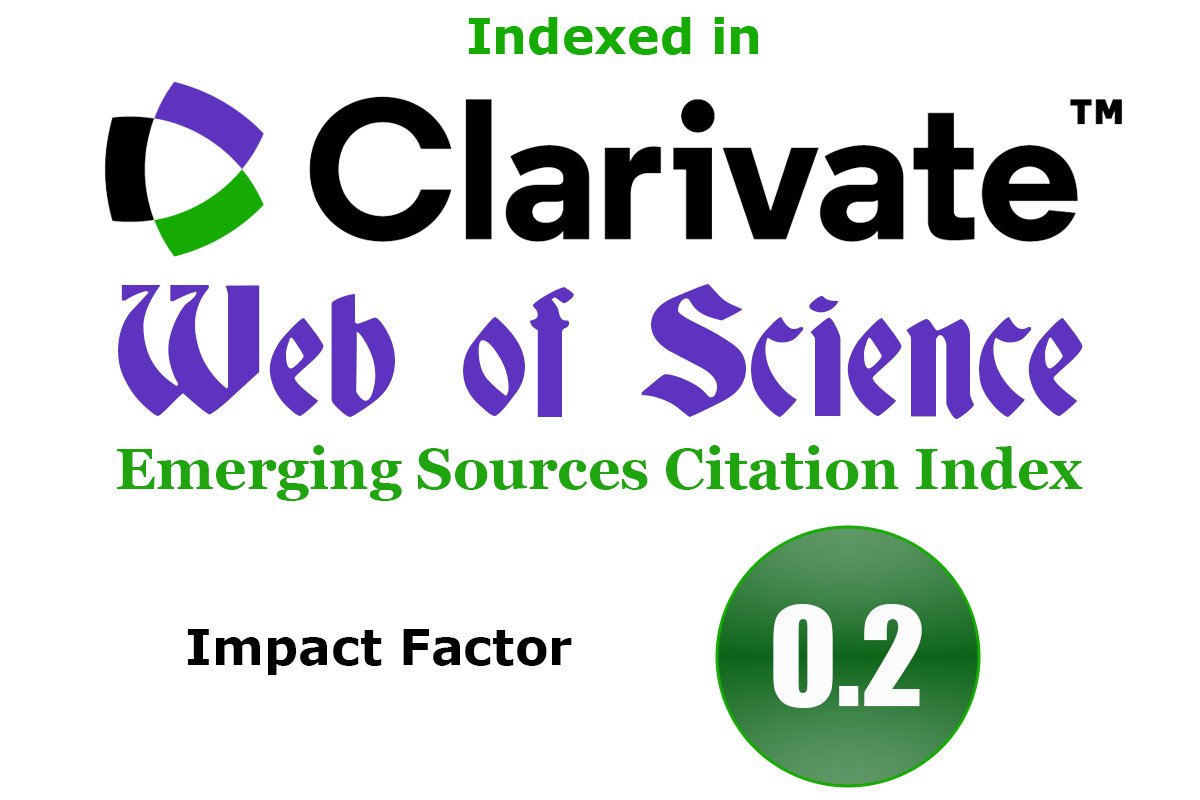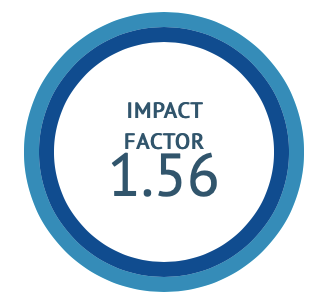Antimicrobial Potentials of Kadamba Extract- Loaded Liposomal Hydrogels
DOI:
https://doi.org/10.47552/ijam.v16i3.6244Keywords:
Ayurveda, Carbopol-940, DLS, Encapsulation, MIC, Nanocarrier, Spreadability, WashabilityAbstract
Background: Neolamarckia cadamba (Kadamba) is a traditional medicinal plant recognized for its antimicrobial, antioxidant, and anti-inflammatory properties. However, its poor aqueous solubility and chemical instability limit its therapeutic applicability in conventional formulations. Aim/Objective: To develop and evaluate a Kadamba extract-loaded liposomal hydrogel for enhanced antimicrobial efficacy and controlled topical delivery. Methods: Kadamba leaves were extracted using hydroalcoholic maceration. Liposomes were prepared via thin-film hydration and characterized by dynamic light scattering, showing a mean vesicle size of 739.4 nm, polydispersity index (PDI) of 0.455, and zeta potential of –12.8 mV. The optimized liposomal suspension was incorporated into a Carbopol 940-based hydrogel. The formulation’s physicochemical properties (pH, viscosity, spreadability, washability) and antimicrobial efficacy were evaluated. Minimum inhibitory concentration (MIC) and disc diffusion assays were performed against Staphylococcus aureus, Escherichia coli, Candida albicans and Aspergillus niger. Results: The liposomal hydrogel exhibited a stable pH of 6.5, appropriate for dermal application, with good viscosity and spreadability. MIC values indicated significant antimicrobial activity, with inhibition zones measuring up to 6 mm against Candida albicans and Aspergillus niger. Liposomal encapsulation enhanced the solubility and retention of bioactives, enabling sustained release and improved microbial suppression compared to the free extract. Conclusion: The Kadamba extract-loaded liposomal hydrogel demonstrated promising antimicrobial potential, offering enhanced stability, bioavailability, and topical delivery. This nanocarrier-based system represents a viable alternative for natural, plant-derived dermatological therapies.
Downloads
Published
How to Cite
Issue
Section
License
Copyright (c) 2025 International Journal of Ayurvedic Medicine

This work is licensed under a Creative Commons Attribution-NonCommercial-ShareAlike 4.0 International License.
The author hereby transfers, assigns, or conveys all copyright ownership to the International Journal of Ayurvedic Medicine (IJAM). By this transfer, the article becomes the property of the IJAM and may not be published elsewhere without written permission from the IJAM.
This transfer of copyright also implies transfer of rights for printed, electronic, microfilm, and facsimile publication. No royalty or other monetary compensation will be received for transferring the copyright of the article to the IJAM.
The IJAM, in turn, grants each author the right to republish the article in any book for which he or she is the author or editor, without paying royalties to the IJAM, subject to the express conditions that (a) the author notify IJAM in advance in writing of this republication and (b) a credit line attributes the original publication to IJAM.




